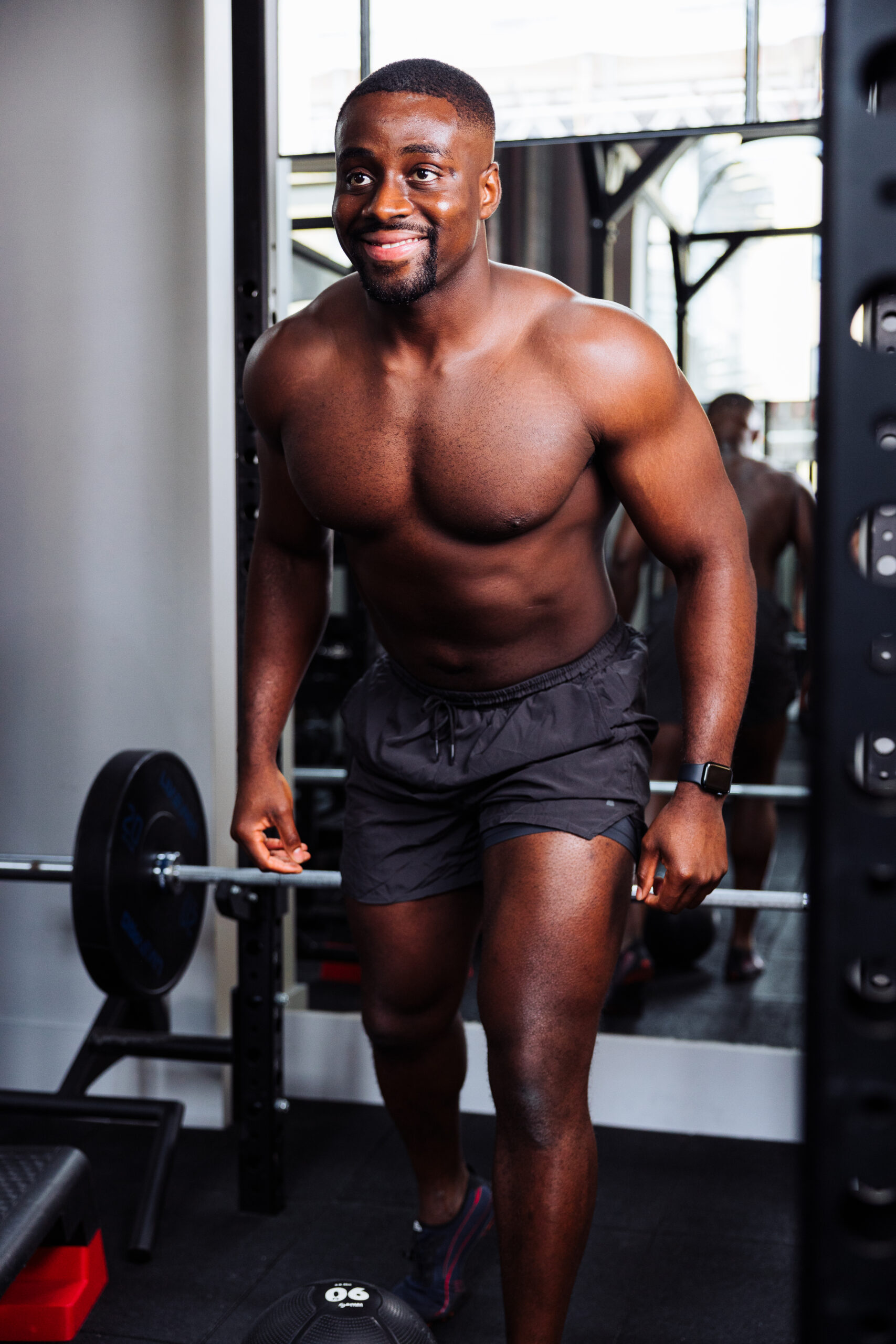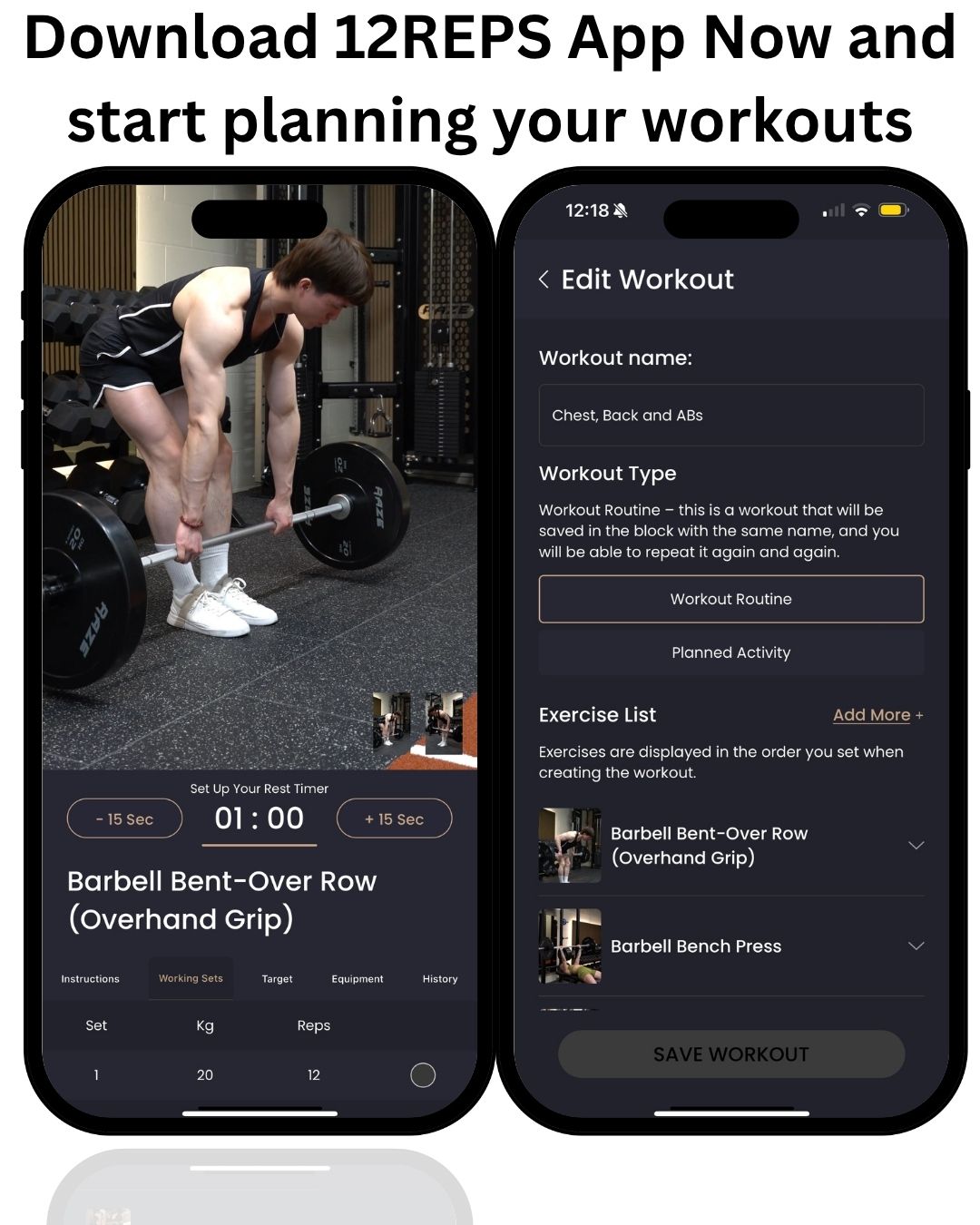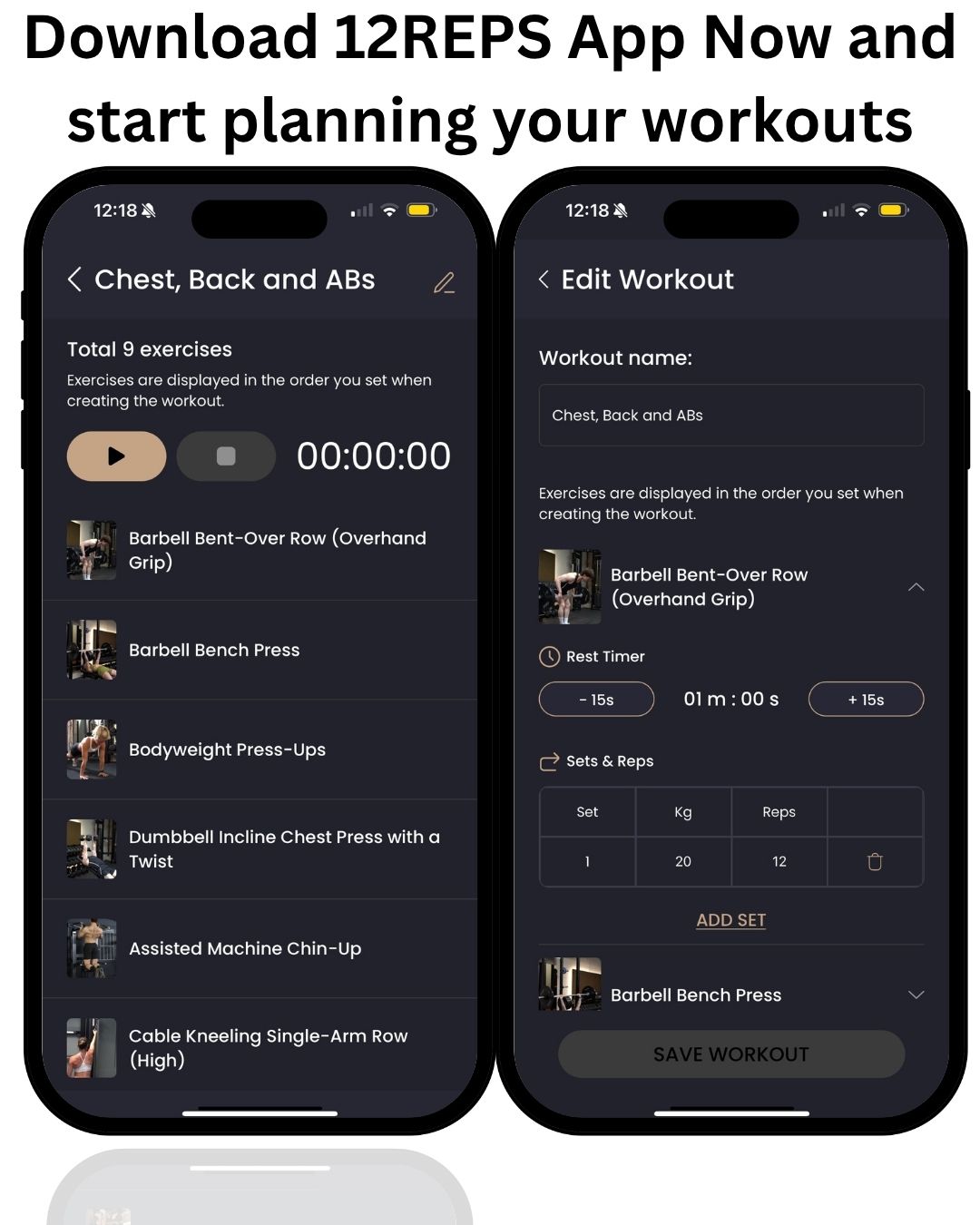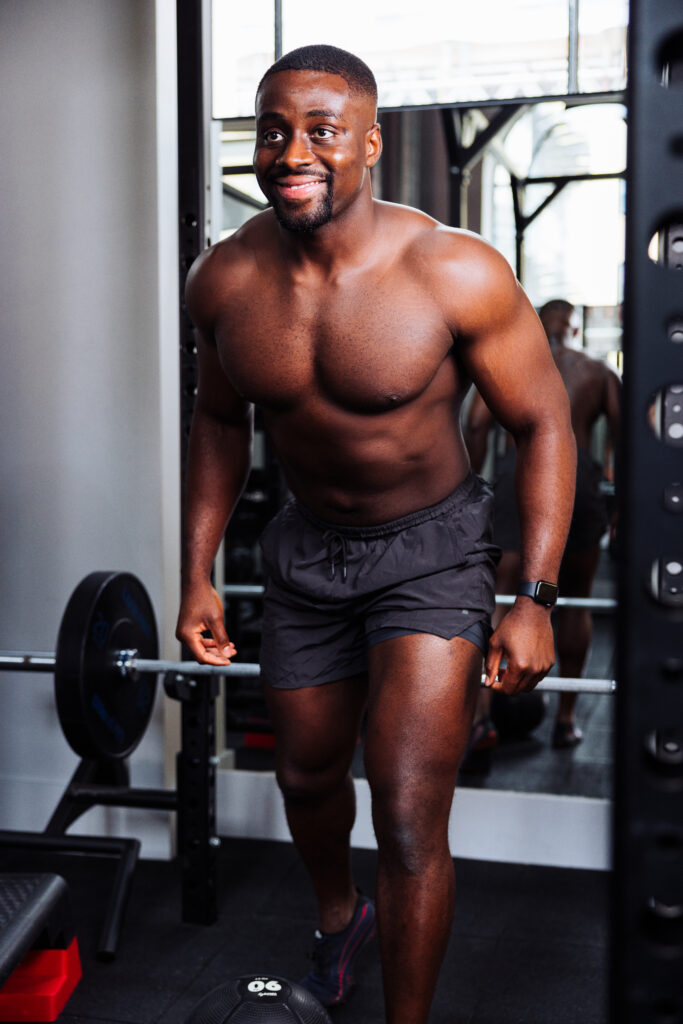By Will Duru, BSc (Hons) Sport and Exercise Science, Award-winning Personal Trainer with over 10 years of experience in strength training and optimising recovery
You’ve hit your 30s, and you start to hear the whispers. Maybe you read an article online, or a friend at the pub mentions it. “Your testosterone is dropping.” “Your best muscle-building years are behind you.” “It’s all downhill from here.” It’s enough to make any man feel like his best days are in the rearview mirror.
This is one of the most damaging myths in the fitness world. The belief that your 30s mark the end of your potential for serious muscle building is not just wrong; it’s a self-fulfilling prophecy. If you believe you can’t make significant progress, you won’t even try. You’ll settle for a body you’re not happy with, convinced that it’s just a part of getting older.
I’m here to tell you, as a personal trainer who has helped hundreds of men in their 30s, 40s, and beyond get into the best shape of their lives, that it is absolutely not too late. You can still build a significant amount of muscle after 30. In fact, with a smarter approach, your 30s can be your strongest decade yet. This is your myth-busting guide to building muscle in this new chapter of your life. And I’ll show you how the 12reps app is the perfect tool to help you do it.
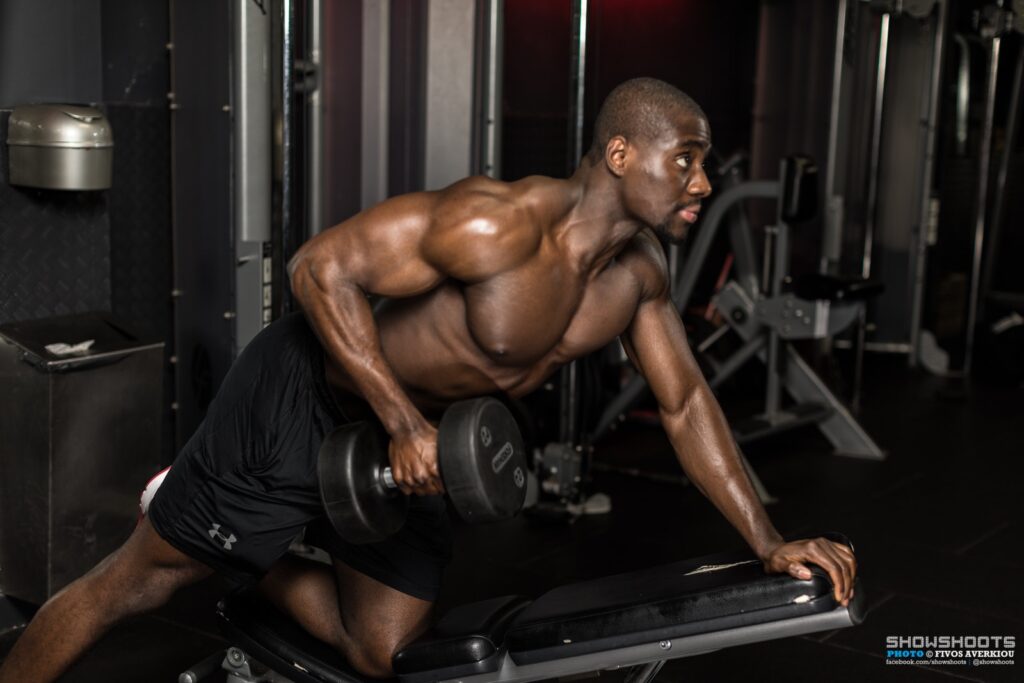
The Truth About Aging and Muscle
Let’s get one thing straight. Yes, your body does change as you get older. Your hormone levels, including testosterone, do start to decline slightly after 30. [1] But let’s put this in perspective. For most men in their 30s, this decline is so small that it’s barely noticeable. It is not the huge drop-off that people make it out to be. It is not the limiting factor that will stop you from building muscle.
The primary drivers of muscle growth are mechanical tension (the stress you put on your muscles by lifting weights) and muscle protein synthesis (the process of repairing and rebuilding your muscles after a workout, which is fueled by eating protein). [2] These mechanisms work just as powerfully in your 30s as they do in your 20s. The single biggest factor that determines your success is not your age; it’s your consistency and your effort.
There’s a famous principle in biology: “use it or lose it.” Age-related muscle loss, a condition called sarcopenia, is not primarily a result of getting older. It’s a result of becoming less active. [3] If you don’t use your muscles, your body has no reason to keep them around. Strength training is the most powerful weapon you have to fight back against this process. It is the signal that tells your body, “Hey, I need these muscles! Keep them strong!”
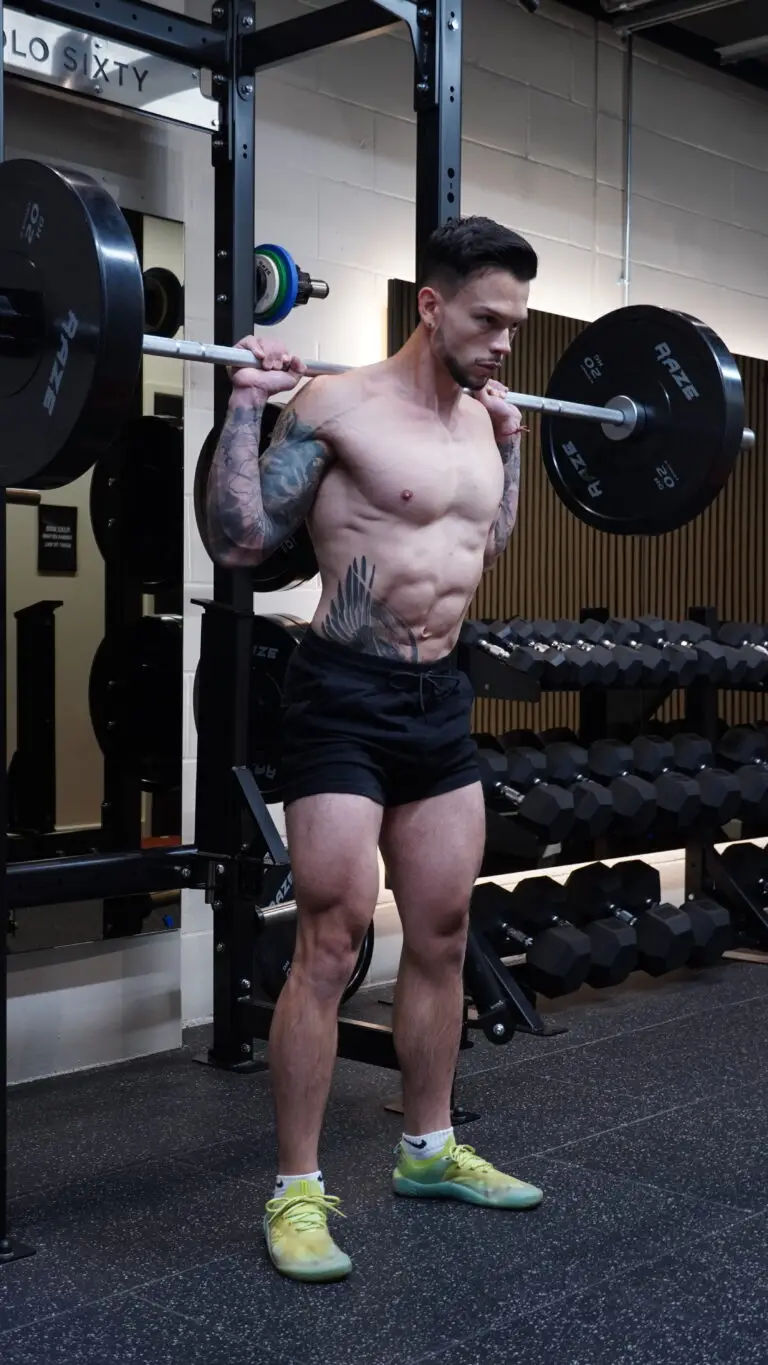
The Over-30 Muscle-Building Blueprint
While the basic principles of muscle building are the same at any age, your strategy needs to be a little smarter in your 30s. You can’t get away with the same reckless abandon you had in your early 20s. It’s less about spending hours in the gym every day and more about a calculated, intelligent approach. Here are the three pillars of adult muscle gain:
- Train with Intensity. To make your muscles grow, you have to give them a reason to. That means you need to push yourself close to muscular failure on your sets. That last one or two reps that you have to really grind out? That’s where the magic happens. That’s the signal that tells your body it needs to adapt and get stronger.
- Prioritise Compound Lifts. Your workouts should be built around big, multi-joint exercises like squats, deadlifts, bench presses, and overhead presses. These exercises give you the most bang for your buck. They recruit the most muscle fibers and stimulate the biggest release of muscle-building hormones.
- Master Your Recovery. This is the one that most guys in their 30s ignore. You can’t train hard if you don’t recover hard. Your body doesn’t build muscle in the gym; it builds it while you are resting. That means you need to prioritise getting 7-8 hours of quality sleep per night and managing your stress levels.
A structured plan is non-negotiable. You can’t just wander into the gym and do whatever you feel like. The 12reps app provides expert-designed programs that are built around the principle of progressive overload, which is the key to continuous muscle growth. Use our workout tracker to make sure you are consistently getting stronger over time.
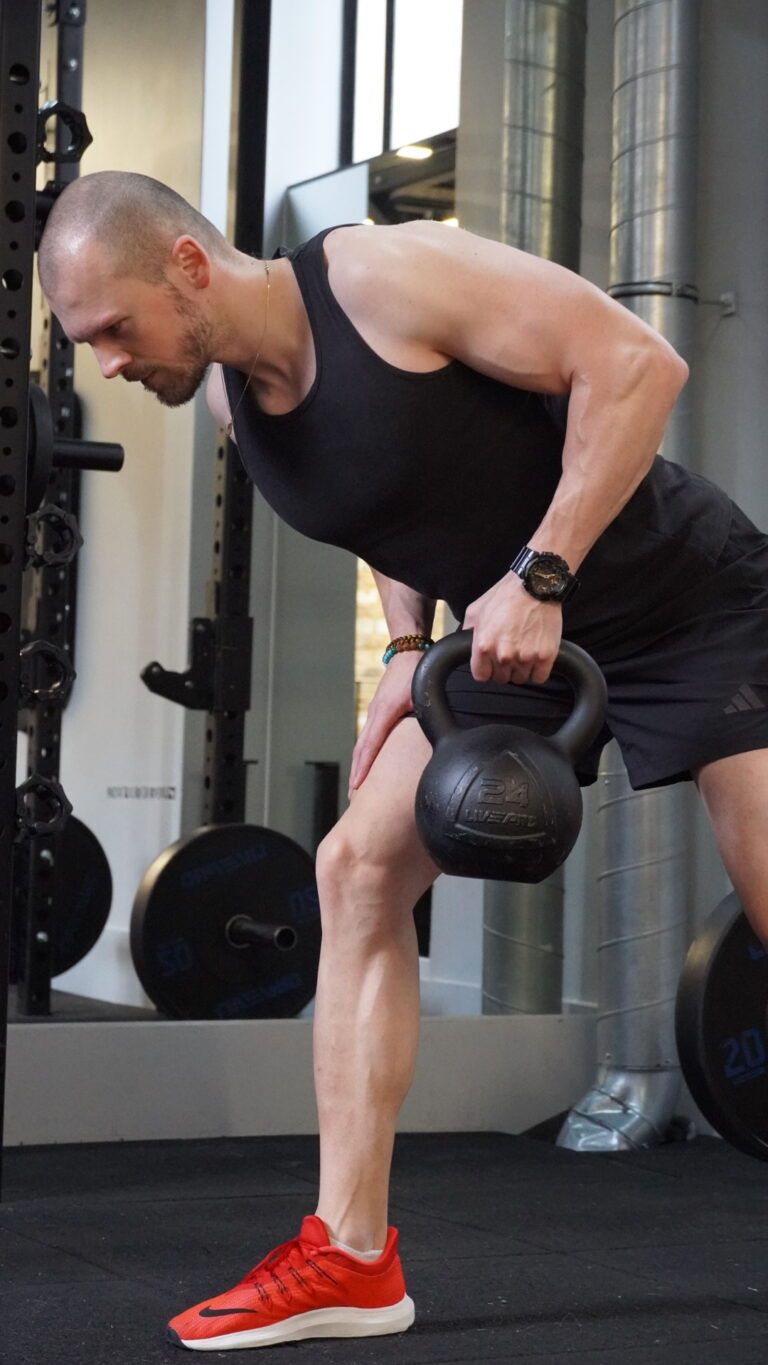
Fueling the Machine: What to Eat
You can have the best training plan in the world, but if your nutrition isn’t on point, you will not get the results you want. You can’t out-train a bad diet. To build muscle, you need to give your body the fuel it needs to grow.
Here’s what you need to focus on:
A Slight Calorie Surplus. To build new muscle tissue, you need to be eating slightly more calories than your body is burning. I’m not talking about a huge, “dirty bulk.” Just a small, controlled surplus of 200-300 calories per day is all you need.
A High Protein Intake. Protein is the raw material for muscle growth. If you’re not eating enough of it, your body can’t build new muscle. I recommend aiming for 1.6-2.2 grams of protein per kilogram of your bodyweight. For an 80kg man, that’s about 128-176 grams of protein per day. [4]
Stop leaving gains on the table. If you’re serious about building muscle, you need to be serious about your nutrition. Download the 12reps app to get access to our nutrition guides that will complement your training and accelerate your results.
Your Strongest Decade Yet
So, can you still build serious muscle after 30? The answer is a resounding YES. Age is not a barrier. It’s an excuse. With intelligent training, a focus on recovery, and the right nutrition plan, your 30s can be your strongest decade yet.
Don’t let a number on your driver’s license define your potential. The only thing stopping you from building the body you want is a lack of a plan. It’s time to get one.
Are you ready to prove to yourself that your best years of training are still ahead of you? Start your free trial of the 12reps app and unlock your true potential.
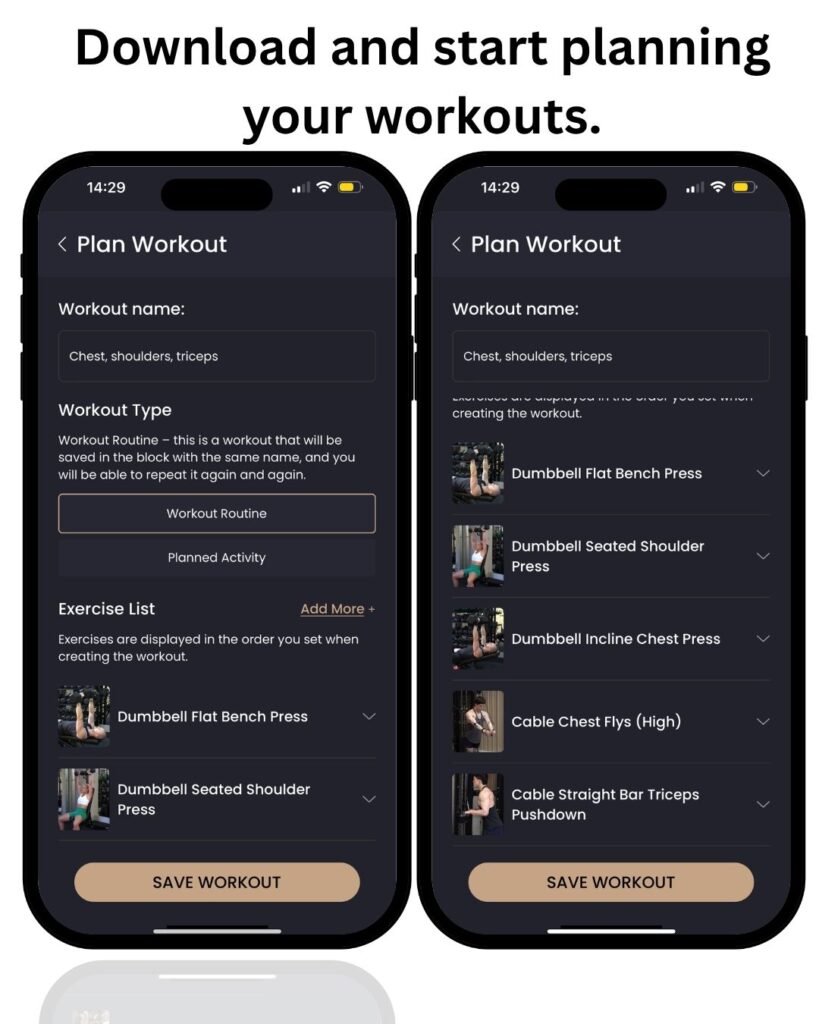
References
- [1] Harman, S. M., Metter, E. J., Tobin, J. D., Pearson, J., & Blackman, M. R. (2001). Longitudinal effects of aging on serum total and free testosterone levels in healthy men. The Journal of Clinical Endocrinology & Metabolism, 86(2), 724-731. https://academic.oup.com/jcem/article/86/2/724/2841070
- [2] Morton, R. W., Murphy, K. T., McKellar, S. R., Schoenfeld, B. J., Henselmans, M., Helms, E., … & Phillips, S. M. (2018). A systematic review, meta-analysis and meta-regression of the effect of protein supplementation on resistance training-induced gains in muscle mass and strength in healthy adults. British journal of sports medicine, 52(6), 376-384.https://bjsm.bmj.com/content/52/6/376
- [3] Volpi, E., Nazemi, R., & Fujita, S. (2004). Muscle tissue changes with aging. Current opinion in clinical nutrition and metabolic care, 7(4), 405-410. https://journals.lww.com/co-clinicalnutrition/abstract/2004/07000/muscle_tissue_changes_with_aging.8.aspx
- [4] Nunes, E. A., Colenso-Semple, L., McKellar, S. R., Yau, T., Ali, M. U., Fitzpatrick-Lewis, D., … & Phillips, S. M. (2022). Systematic review and meta-analysis of protein intake to support muscle mass and function in healthy adults. Journal of Cachexia, Sarcopenia and Muscle, 13(2), 795-810. https://onlinelibrary.wiley.com/doi/full/10.1002/jcsm.12922

